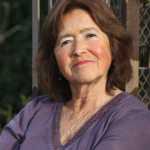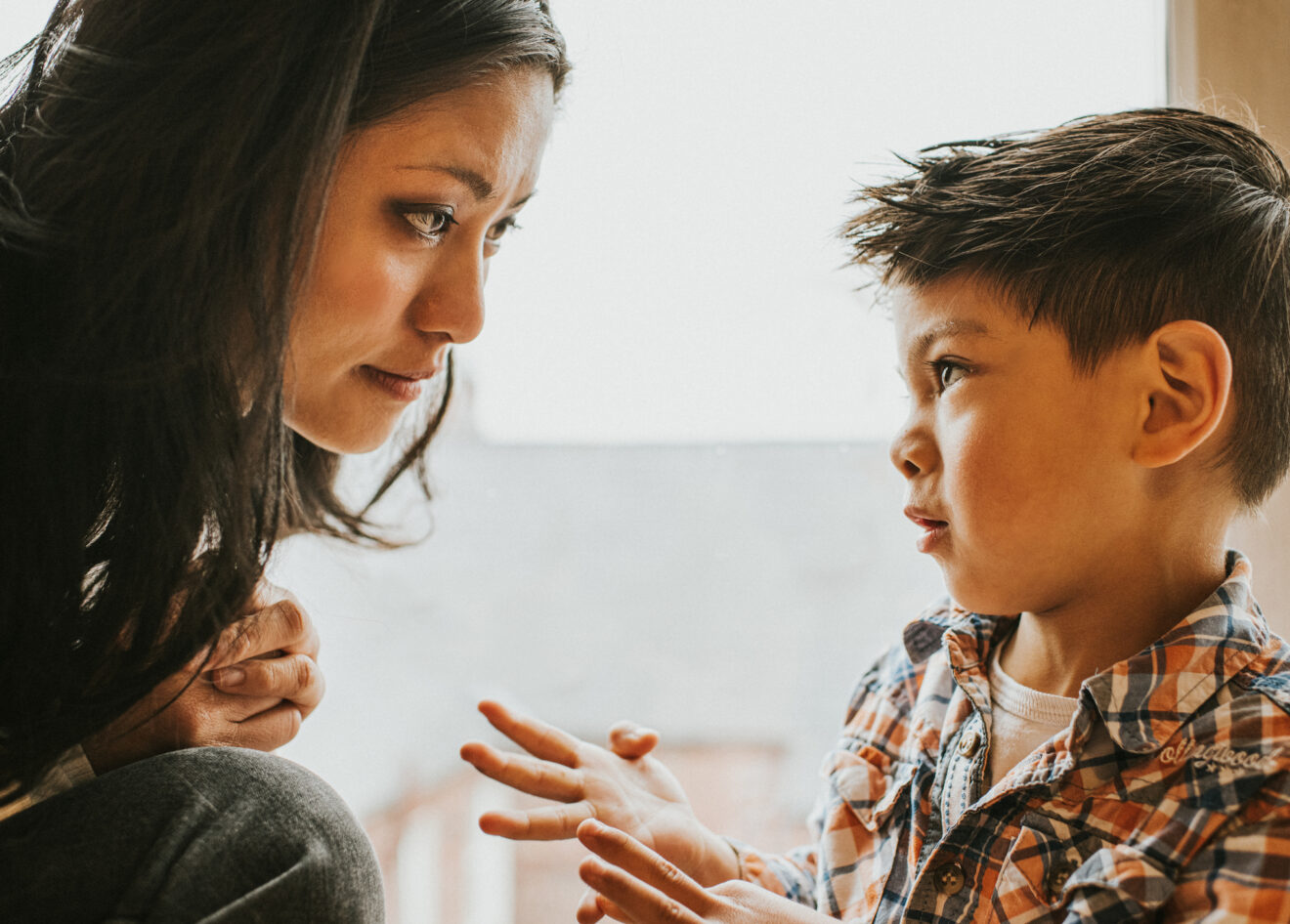
Eighty-five percent of Deaf and hard-of-hearing, or DHH, students attend public schools where they are either part of a small number of DHH students or the only one. There are one or two state Deaf schools in each state; however, only 10% of DHH students attend them. This is due to a combination of reasons, some more sinister than others.
One reason is distance. Parents of a Deaf child may be faced with whether to send their 5-year-old on a two-hour drive daily to reach the school (driven by a district bus or other contracted driver) or let their child spend the week at the residential Deaf school, returning home only for the weekends. Obviously, it’s a tough decision, even though such schools are absolutely life-changing (usually in very positive ways) for the kids.
Money may affect school decisions
Another reason, though, that so many parents choose mainstream schools is that they are led to believe by misguided medical professionals and administrators that they’re sufficient or better.
Misguided, how? Despite the legal rights of DHH students to get a maximally appropriate and accessible education, administrators are primed to consider money in their advice to parents. Often, mainstream schools receive extra funds for enrolled disabled students, and this money can be used freely once it is received. By transferring students to a Deaf school, the home-based district must pay for transportation (the taxis/buses mentioned earlier), and costs can become exorbitant.
Why forcing integration isn’t the best choice
Perhaps even more important is mindset. It is widespread, almost automatic, for many hearing people (including many school administrators) to make an unfortunate and incorrect — in my experience and opinion — assumption: that it is always better for a DHH child to speak, use listening devices (like cochlear implants/CI, FM systems or hearing aids) and attend typical classes with hearing peers than to be segregated into a Deaf class or school.
This is well-intentioned, but most people who believe this have not worked directly with Deaf children. What they don’t understand is that DHH students often have almost no language due to their families not knowing American Sign Language. By far, the most dire, consistent need of DHH students in any setting is communication access. Without this, they cannot get a good education, have a healthy social life or build strong self-esteem.
Due to their hearing, a visual language is most reliable and accessible to them. That’s why, when they transfer to Deaf schools, kids tend to soar — educationally, linguistically and socially — often very quickly.
How to work well with Deaf students
In hearing schools, staff members can avoid doing harm with these five, impactful tips.
Be respectful about their listening devices, if they use any
You may be told to always encourage them to use a listening device. However, Deaf adults and Deaf professionals, who are, after all, the real experts on this topic, since they have lived it themselves, would urge you to do the opposite. This pushy behavior from an adult can lead to listening fatigue and the child ultimately rejecting the device.
Instead, inquire about and respect their needs for a break, since hearing and lip reading is exhausting mentally, and respect their autonomy regarding their devices. They will use them if and when they actually work and benefit them.
Don’t put the communication onus on students
By the same token, do not put the burden of communication on the student’s shoulders. When we expect a student to lip read, we are really saying, “You do all the work here.” Lip reading is actually extremely fallible; its success depends on lighting, background noise, accent, visibility of the mouth, clarity of speech and, most of all, context.
Does the person who is lip reading have context of what is being discussed? Only 30% of the consonants are even readable this way, as much of spoken English takes place out of sight in the mouth and throat. Check with the student often and privately about whether and how much they understand what teachers and peers are saying. Ask what might work better for them. Then advocate and implement, immediately.
The labor of communication should always be at least shared equally. Be creative in seeking and trying out alternative modes. It’s important for all staff to know that DHH children have significant legal rights, according to the Americans With Disabilities Act, to full access in schools, whether by using an ASL interpreter, Communication Access Realtime Translation, preferential seating, amplifying devices or one-on-one instruction in a quiet room. The choice should be the child’s, not that of hearing adults who do not know how it feels to be in the child’s shoes.
Consult Deaf adults for guidance
Always seek out the best practices and opinions among culturally Deaf adults (who tend to be more advanced and current in their thinking.) Do not let the titles of the administrator, speech therapist or audiologist mislead you. If they are not, themselves, Deaf, they simply do not know the INNER feelings and needs of a DHH child. There are many articles and books written by Deaf writers (like the memoir The Butterfly Cage, about mainstream school education) or consult Deaf Social Media.
Help them connect with other Deaf students
If you have more than one DHH student on campus, introduce them and ensure they have time together. Deaf students need camaraderie with people like them. Ask if they’re aware of the Deaf community in their area, events for Deaf people and the nearest Deaf school. Being connected to other Deaf people is positive and empowering and leads to pride and openness rather than shame and denial.
Do not make assumptions
The student has an extremely different life experience than you and most students do. They may be excluded from conversations among their own family members. They may have not learned a basic foundation of language. They may never have had full access to education despite high intelligence. And they may be covering up loneliness or embarrassment.
It’s best to admit to yourself how little you actually know and then seek the answers from the child, their parents and the Deaf community, who are passionate, deeply informed and readily available to help in the very best way.
This is how you can “first, do no harm” to the wonderful DHH child at your school — and second, do a lot of important good in their world.
Rachel Zemach, who is Deaf, has taught Deaf and hard-of-hearing students in public schools and schools for the Deaf. Her new memoir, “The Butterfly Cage,” explores the differences in thinking between the two major, and often conflicting, viewpoints on how to educate Deaf children.
Opinions expressed by SmartBrief contributors are their own. (NOTE: Members of the Deaf community do not all agree on when “deaf” should be capitalized. SmartBrief retained the author’s choice when editing this piece.)
_________________________
Subscribe to SmartBrief’s FREE email newsletter to see the latest hot topics on special education. It’s among SmartBrief’s more than 250 industry-focused newsletters.
